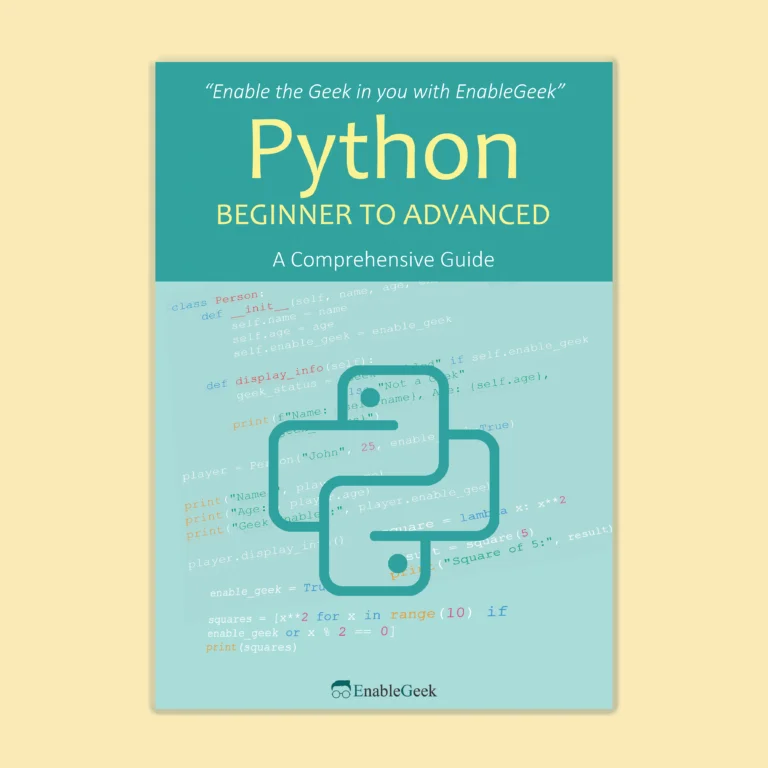The emergence of blockchain technology and the proliferation of non-fungible tokens (NFTs) have significantly impacted the digital world in recent years. The way we see and exchange digital assets has been revolutionized by NFTs, which have emerged as a ground-breaking solution for digital ownership. NFTs have opened up new opportunities for artists, creators, collectors, and investors combined with Web3’s decentralized structure, ushering in a paradigm shift in the creative economy.
What are NFTs?
Blockchain-enabled cryptographic assets known as non-fungible tokens (NFTs) serve as evidence of ownership for digital items. Entrepreneurs in the creative industries who wanted to create new revenue streams and ways to engage stakeholders were the ones who invented the use of NFTs. Despite NFTs’ quick rise in popularity, questions have been raised about their legal ownership and the high prevalence of fraud and speculation in NFT trading.
What is Web3?
A decentralized internet where consumers have more control over their data and digital identities is what is meant by the term “Web3.” Web3 does away with middlemen like centralized servers and instead uses blockchain technology to enable direct user interaction with decentralized apps (dApps).
How do NFTs work: Blockchain and Smart Contracts?
An NFT is produced from digital elements and serves as a representation of a digital or non-digital asset. For instance, an NFT might represent actual objects like contracts, signatures, or digital works of art like songs or films. And what exactly is NFT digital art? The certificate of ownership and authenticity for NFT digital art is stored as an Ethereum-based asset.
An NFT may only have one owner at any given moment. Ownership is managed via uniqueID and proprietary metadata that no other token can duplicate. The uniqueID and metadata are produced via smart contracts, which also determine ownership and control how NFTs can be transferred.
The process of creating or minting an NFT involves running code from smart contracts that adhere to different standards, such as ERC-721. The blockchain, where the NFT is managed, is where this data is kept.
What Sets NFTs Apart from Cryptocurrencies?
Although both NFTs and cryptocurrencies are considered digital assets, their functions are different. While NFTs reflect ownership of distinctive goods like digital art, music, virtual real estate, collectibles, and more, cryptocurrencies serve as a medium of exchange, store of value, or unit of account. Due to variables like the reputation of the creator and the desires of collectors and enthusiasts, NFTs have value because they are rare and unique.
| Basis | NFT | Cryptocurrency |
| Definition | an item, either digital or physical, that has been connected to a particular blockchain network’s special cryptographic token. | It can be described as a virtual currency that uses cryptography to govern and control the generation of new currency units as well as to secure and validate transactions. |
| How is its value calculated? | based on the value of the asset | Depending on how the market is doing |
| Example | PM Lee’s “creator coin” on BitClout | BitCoin (BTC) and Ethereum (ETH) |
| Volatility | Stable | Unstable |
Benefits and Limitations of NFTs
NFTs, or non-fungible tokens, have gained enormous appeal recently as a means of producing distinctive digital assets. NFTs provide several advantages that are worth considering, despite some controversy around their long-term value.
- Authenticity: The capacity of NFTs to demonstrate authenticity is one of their main advantages. It is simple to establish whether a specific digital asset is real or not because each NFT is distinct and verifiable on the blockchain. This is crucial in the realm of art since fake and forged artwork may be a serious issue. NFTs give artists the ability to prove their ownership of their digital works and prevent their duplication or misappropriation.
- Accessibility and Global Reach: NFTs democratize access to the creative economy by allowing artists and makers to reach a global audience without relying on established gatekeepers.
- Innovation: Finally, NFTs are fueling creativity both within and outside of the art world. With the potential to produce distinctive, verifiable digital assets, artists and creators are looking into new avenues for self-expression and financial reward. New platforms and marketplaces have also been developed as a result of NFTs, giving artists and collectors new possibilities to interact and work together.
NFTs, however, also encounter difficulties:
- NFTs are unstable and scarce: The sector isn’t extremely liquid because NFTs are still in their early phases. In addition, there are not many potential buyers and dealers of NFTs, and they are little understood. As a result, trading NFTs can be very difficult, especially when things are terrible. It also implies that NFT costs could differ significantly.
- Minting can be expensive: The issuance of NFTs is required for their creation. The popular Ethereum blockchain requires a gas cost, which must be paid by creators or collectors who want to mint NFTs on it. Gas costs might be incredibly high in some circumstances.
- NFTs don’t produce any money: NFTs do not provide owners with dividends, interest, or rent payments like stocks, bonds, or real estate do. Like investments in antiques and other collectibles, the returns for NFT investments depend on price appreciation, which is unpredictable.
NFTs in the Creative Economy
- Intellectual Property Rights Reimagined: In the digital age, intellectual property rights have long been a problem. By offering verified ownership and provenance for digital goods, NFTs offer a novel approach. Artists can add metadata to their NFTs, preserving important facts including ownership details, author information, and copyright conditions. This traceability and transparency improve the protection of intellectual property rights and promote a more equitable creative economy.
- NFTs in virtual worlds and gaming: NFT adoption has been led by the gaming industry. True ownership of in-game things, characters, and virtual properties is now possible thanks to NFTs. These assets are available for purchase, sale, and trade by players, blurring the distinction between virtual and actual ownership. Additionally, play-to-earn models are available in blockchain-based games, which increase user engagement by allowing players to receive cryptocurrency or NFTs for their contributions and in-game accomplishments.
- Giving Digital Artists and Creators More Power: The way digital artists and creators get money from their work has been changed by NFTs. With NFTs, artists can tokenize their works, establishing their originality and taking control of distribution and ownership rights. Traditional digital art might be readily duplicated and circulated without paying the creator. As a result, they can sell their artwork directly to collectors on NFT marketplaces and make a fair wage as well as royalties from further purchases.
- NFTs in Entertainment (Music, Film): The entertainment and music industries are investigating NFTs as a way to interact with fans and monetize content. Musicians can offer their audience unique experiences by releasing rare tracks or valuable products such as NFTs. Filmmakers and content producers are also investigating NFT-based distribution strategies that would give viewers access to exclusive content and memorabilia associated with their preferred projects.
The Web3 and NFTs Convergence
- NFTs and Web3 Interoperability: NFTs must be exchanged seamlessly between various blockchains and dApps, hence, interoperability is essential. Cross-chain solutions and bridge technologies are being developed to integrate NFTs into various decentralized ecosystems.
- Future of Social Media: Web3 Technologies Web3 technologies can transform social media platforms, giving consumers more influence over their data and content. NFTs can give creators the ability to directly monetize their social media presence instead of using the traditional platforms’ ad-based income structures.
- NFT Gaming and Virtual Real Estate in Web3: Web3 technologies are revolutionizing the gaming sector by enabling player-owned economies and cross-game asset interoperability. NFTs, which stand for virtual real estate, appreciate and let users make money off of their virtual works of art.
A disruptive force, represented by NFTs and Web3, is transforming the digital world, empowering creators, and redefining what it means to be an owner in the modern day. A decentralized and democratized creative economy has been created as a result of the new opportunities these cutting-edge technologies have provided for creators, collectors, investors, and users.
For digital artists and creators, NFTs have changed the game by giving them a new method of generating income from their work and regaining ownership of their intellectual property. Artists may ensure fair remuneration and acknowledgment for their talent by tokenizing their works so that they can establish verifiable ownership and collect royalties from subsequent sales.
The future of NFTs and Web3 has immense promise for both the creative economy and digital ownership, as well as for changing the structure of the internet as a whole. NFTs and Web3 can open the door to a society that is more decentralized, equal, and interconnected by using the power of decentralization, transparency, and user empowerment. It is crucial to stay attentive, flexible, and aware of the effects of new technologies on society and the environment as we enter this exciting period. We can genuinely unlock the full potential of NFTs and Web3 through ethical and sustainable growth, resulting in a digital environment that benefits everyone.








